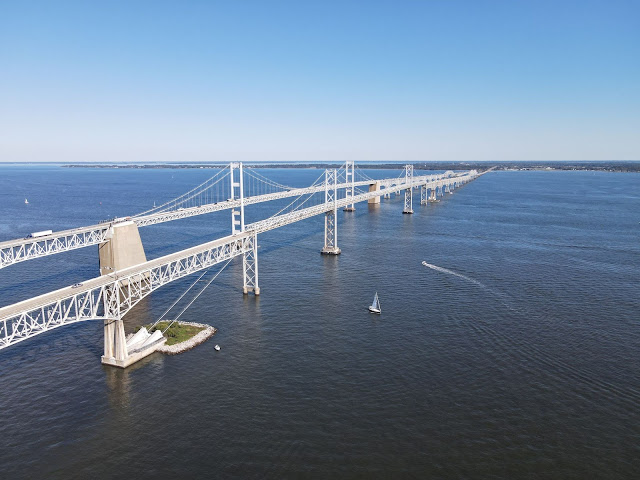We want to thank our fans and readers of Gribblenation for your support during the past year. 2020 has been a challenging year for most. While not everything we hoped to see or travel to went as planned, we made the most of it and still have a lot of fun exploring and sharing our stories with you.
Thank you for your continued support of our blog, our Facebook page (now with over 2000 likes!) and our Instagram account. It has been a great 2020, with such things like the recent addition of a new columnist Dan Murphy, who also runs the popular roadwaywiz channel on YouTube, learning about possible alternate routes for I-77 in Closing the Gap - How Interstate 77 in North Carolina and Virginia Came To Be, visited the glorified highway stopover in Breezewood, Pennsylvania, checking out some great drives in the Sierras, such as Horseshoe Meadows Road; former California State Route 190 and the legacy of the Lone Pine-Porterville High Sierra Road and Onion Valley Road; former California State Route 180 to Kearsarge Pass, explored the old Route 75 Tunnel in Ironton, Ohio, and was clinging to the edge of a cliff with a drive down the Storm King Highway.
What's on tap for 2021, you may ask? Given that a lot of what we wanted to do in 2020 never got off the ground, well, because it was 2020, we want to leave what we have planned for the next year as a surprise. We will leave you with a teaser that a podcast series is in development.
Once again, we wish you and yours a Happy New Year and a great year ahead! In the meanwhile, enjoy some great photos from Dan.
Update Log:
December 31, 2020: Added to gribblenation.org.





Comments